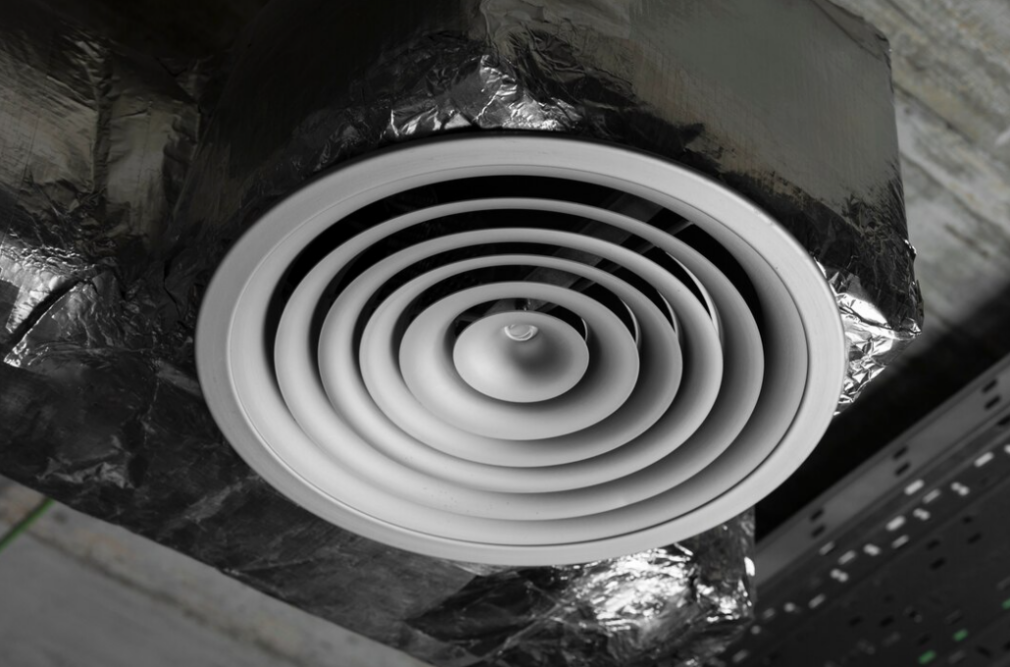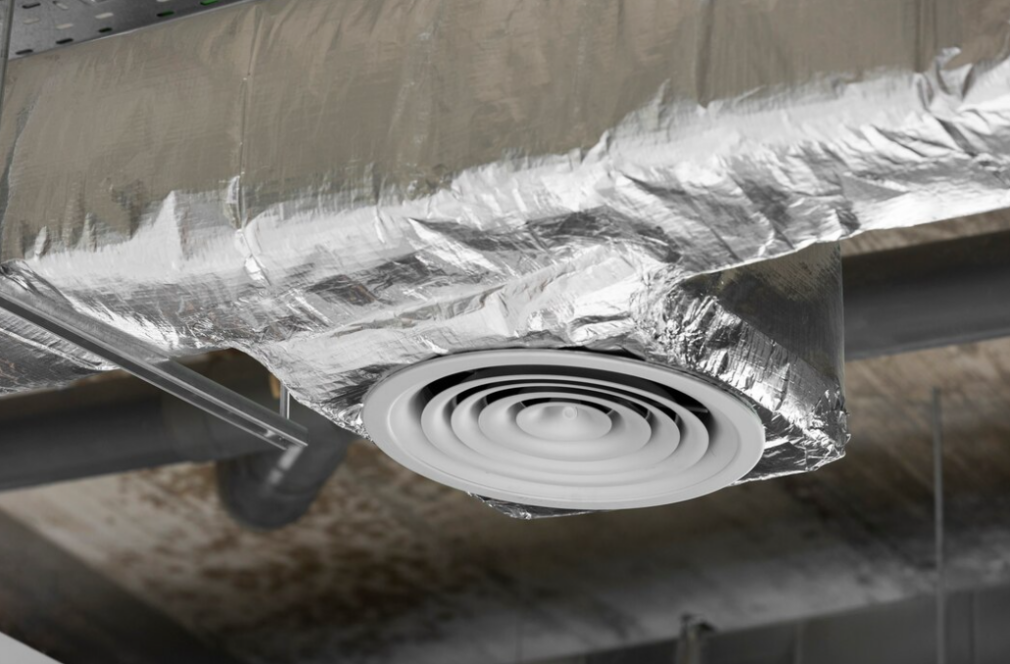Installing a Solar Attic Fan: A Step-by-Step Guide
Solar-powered attic fans are a game-changer in effectively lowering your attic’s temperature, ensuring a comfy home without the need for relentless air conditioning. Dive into this guide to understand the ins and outs of solar fans, including the steps to set one up in your dwelling.
Struggling to maintain a cool ambiance during scorching summers? Feeling the heat seeping in from the sunlit attic, making rooms unbearably warm? Concerned about potential mold growth due to attic humidity? Exasperated by skyrocketing electric bills from ceaseless air conditioner usage? We’ve got the perfect remedy for your woes!
The root of these summertime challenges often traces back to the heat trapped in your attic. During peak summer days, attics can reach blistering temperatures, sometimes exceeding 120 F. This warmth permeates throughout your living spaces, compromising comfort.
While air conditioners are indispensable during this season, their constant operation can be heavy on the pocket. The relentless tug-of-war between the cooling system and the trapped hot air means the AC often doesn’t function optimally, leaving areas of your home still feeling warm despite continuous cooling efforts.
Table of Contents:
- Understanding Solar-Powered Attic Fans;
- How Do Attic Fans Utilize Solar Energy?;
- Guide to Setting Up a Solar-Powered Attic Fan:
- Ensuring Proper Attic Ventilation;
- Preparing the Optimal Spot on Your Roof;
- Setting Up Your Solar Attic Fan.
- Benefits of Solar-Powered Attic Ventilation;
- FAQ;
- Conclusion.
Understanding Solar-Powered Attic Fans
Solar-powered attic ventilation systems, commonly referred to as solar attic fans, harness the sun’s energy to drive their operation. Installed atop your dwelling, these fans work to regulate your attic’s temperature, ensuring less heat is trapped directly above your living spaces. Not only is this an environmentally friendly cooling solution, but it also offers a sustainable means to enhance your home’s comfort during warmer months, potentially reducing your reliance on conventional air conditioning and the associated energy expenses.
How Do Attic Fans Utilize Solar Energy?
Solar attic fans function similarly to solar panels, boasting plates designed to capture sunlight throughout the day. Strategically positioned on your roof, they provide a direct conduit for optimal attic ventilation.
These fans spring into action predominantly when sunlight warms your roof, triggering the attic to heat up. At the sun’s zenith, these panels generate electricity, facilitating efficient attic ventilation.
Primarily activated by sunlight, solar attic fans play a pivotal role in combating the excessive heat during sweltering summer days. By aiding in the cooling process, they mitigate the burden on your HVAC system, ensuring your home maintains a pleasant temperature.
By alleviating the strain on your HVAC, not only does a solar attic fan serve as an eco-friendly alternative for summertime cooling, but it can also extend the lifespan of your Air Conditioning unit. Think of your attic as a radiator, gradually elevating your home’s temperature to almost intolerable levels. Introducing a solar attic fan can greatly enhance your living experience by offering energy savings and boosting your AC’s longevity and performance.
While the installation appears straightforward, it demands a comprehensive toolkit and precise knowledge. Although a DIY installation is plausible, seeking expertise, like the professionals at Everything Solar, guarantees a meticulous job.
Guide to Setting Up a Solar-Powered Attic Fan

Setting up a solar attic fan is relatively direct, though certain considerations should be taken into account. While the hands-on approach is always an option for those who enjoy DIY projects, it’s equally valid to entrust the task to experts like Everything Solar for a hassle-free experience.
Here are the detailed steps to help you navigate the installation of a solar attic fan:
1. Ensuring Proper Attic Ventilation
For a solar attic fan to function optimally, it needs to expel hot air while drawing in cool, fresh air. To achieve this, your attic must possess an effective vent system. Most attics come equipped with soffit ventilation—small openings located at the eaves. Before you begin the installation, ensure you have a functional attic ventilation system in place.
2. Preparing the Optimal Spot on Your Roof
Your solar attic fan thrives when exposed to maximum sunlight, so pinpoint a location on your roof that captures the sun’s rays the best—typically, the south or south-west side. Mark out an area for a 19” opening where your fan will sit. Use a reciprocating saw to cut out this marked section, setting the stage for a seamless fan installation.
3. Setting Up Your Solar Attic Fan
- After prepping the area, carefully remove the shingles surrounding the vent opening. Detaching staples lets the fan unit slide effortlessly into its designated spot;
- Next, secure your fan by spreading a consistent layer of tri-polymer roofing cement around the cut-out, positioning the solar attic fan over it;
- Fasten the unit with screws, connecting the necessary wires;
- For enhanced stability and weatherproofing, apply caulk around the solar unit and over the screws;
- Finally, replace the surrounding roof shingles using 1 ½ inch roofing nails.
Though the installation might seem straightforward, it’s essential to approach it with caution. The tools involved are robust and can pose safety risks if mishandled. Also, tasks like roof cutting can be hazardous when done solo and without expert guidance. For a risk-free experience, it’s recommended to seek help from professionals. At Everything Solar, our seasoned technicians are well-versed in solar attic fan installations. We prioritize client satisfaction, ensuring you’re content with our work before we wrap up.
Benefits of Solar-Powered Attic Ventilation

Solar-powered attic fans are more than just home improvements; they’re an investment in both your home’s comfort and its ecological footprint. Here are some compelling reasons to consider integrating them into your living space:
- Economic Efficiency: Over time, they can significantly reduce your utility expenses;
- Extended AC Lifespan: By reducing the strain on your air conditioning system, these fans can extend its service life;
- Optimal Ventilation: They ensure consistent airflow, maintaining a comfortable temperature in your attic;
- Moisture Control: By venting out humidity, they aid in preventing mold and mildew, ensuring a healthier home environment;
- Eco-friendly Cooling Solution: Relying on sunlight for power, they epitomize a sustainable approach to home cooling;
- Durability: Often designed to withstand adverse weather conditions, these fans can be particularly resilient;
- Efficient Installation: Despite their significant benefits, the installation process is swift, often wrapping up in just a few hours;
- Cost-Effective in the Long Run: While they are an upfront investment, their durability combined with utility savings often means they pay for themselves over time.
FAQ
In warmer climates, solar fans are indeed a worthy investment. They enhance circulation throughout homes and efficiently dispel hot air. Their reliance on solar energy positions them as a sustainable choice, both for the planet and for potential savings on household utilities. By easing the demands on your HVAC system, they contribute to a cooler home, especially critical in homes with attics susceptible to intense summer heat.
Installing a solar attic fan on metal roofs mirrors the procedure used for wooden roofs. However, attention must be given to the roof’s angle, venting, and orientation. It’s essential to have the right tools on hand, specifically those capable of cutting through metal, to create an opening for the fan.
Solar fans hold the edge over their electric counterparts, primarily due to their eco-friendly nature, harnessing renewable solar energy. The built-in panels on these fans capture sunlight, which is then transformed into the electricity that drives them. Their operation, naturally stimulated by sunlight, aligns perfectly with the peak need for ventilation during sun-drenched, humid days. Additionally, the installation process for solar fans is streamlined, devoid of the need for intricate wiring, making them an even more appealing option.
A: Solar fans stand out as a valuable asset for homes, particularly in regions with warmer climates. These fans promote enhanced air circulation throughout the house, ensuring efficient dissipation of heat. Drawing power from the sun, they not only reflect an eco-friendly choice but also translate to notable savings on utility and cooling expenses. By alleviating the burden on HVAC systems, these fans contribute to maintaining a comfortable indoor temperature, a benefit that becomes particularly pronounced in homes with attics that trap heat during peak summer days.
While setting up a solar attic fan on a metal roof mirrors the installation on wooden ones, you need to be attentive to factors such as the roof’s angle, orientation, and venting. Specialized tools will be essential to create a space in the metal roof where the solar attic fan will be positioned.
Solar fans have a distinct advantage over electric ones due to their reliance on sustainable, renewable energy. These fans are equipped with panels that capture and convert solar energy into electricity, driving their functionality. The innate design of solar fans makes them spring to life, especially during hot and humid days, providing essential ventilation. Additionally, their installation is notably more straightforward than electric fans, primarily because there’s no need for complex wiring.
Conclusion
Solar attic fans have emerged as a groundbreaking development in recent years, offering a sustainable and efficient alternative to traditional cooling methods. Not only do they provide an economical installation option, but their long-term operation also ensures significant savings. Their primary advantage is their reliance on renewable solar energy, reflecting a shift towards environmentally conscious home solutions.
While the installation and operation of these fans are typically straightforward, we recognize that questions might arise. For any further information or clarification, the team at Everything Solar is always at your service.








